Cease and Desist Letter Template for Legal Protection
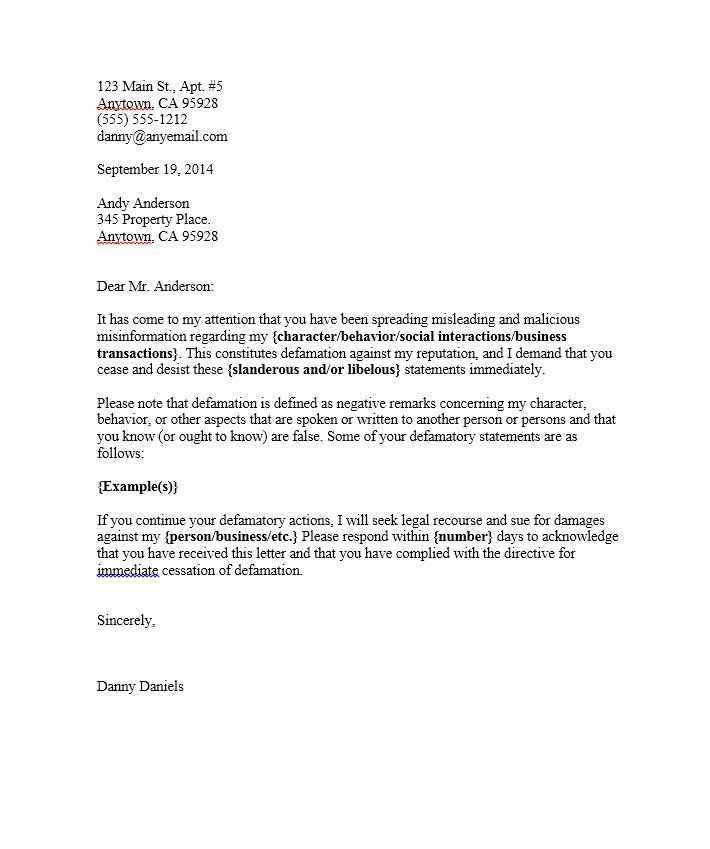
When you face a situation where someone is infringing upon your rights or violating an agreement, it’s essential to take appropriate action. A formal written notice can help protect your interests, demanding the cessation of harmful actions. This document serves as a critical tool to address legal issues efficiently without resorting to immediate legal action.
Key Elements of a Legal Demand
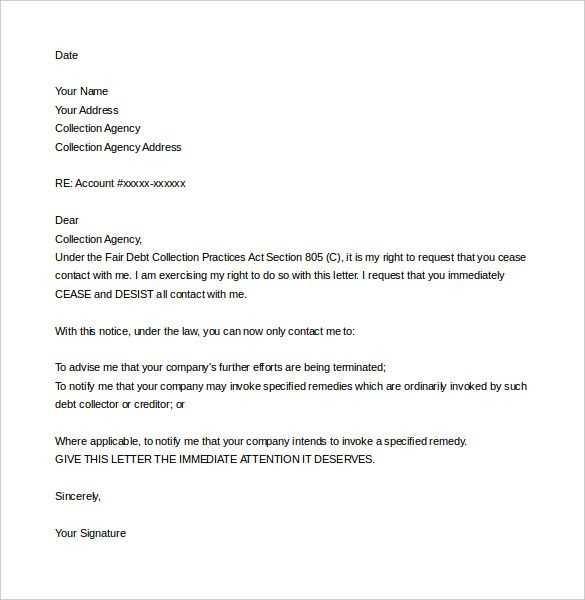
To ensure the document is effective, certain components must be included:
- Identification of Parties: Clearly state the individuals or organizations involved, including your information and the recipient’s details.
- Description of Violation: Provide a detailed account of the actions that are causing harm or violating terms.
- Action Required: Specify what actions must be taken by the recipient, such as stopping the behavior or rectifying a situation.
- Consequences: Highlight what legal consequences may follow if the issue is not resolved in a timely manner.
Common Uses of Legal Notices
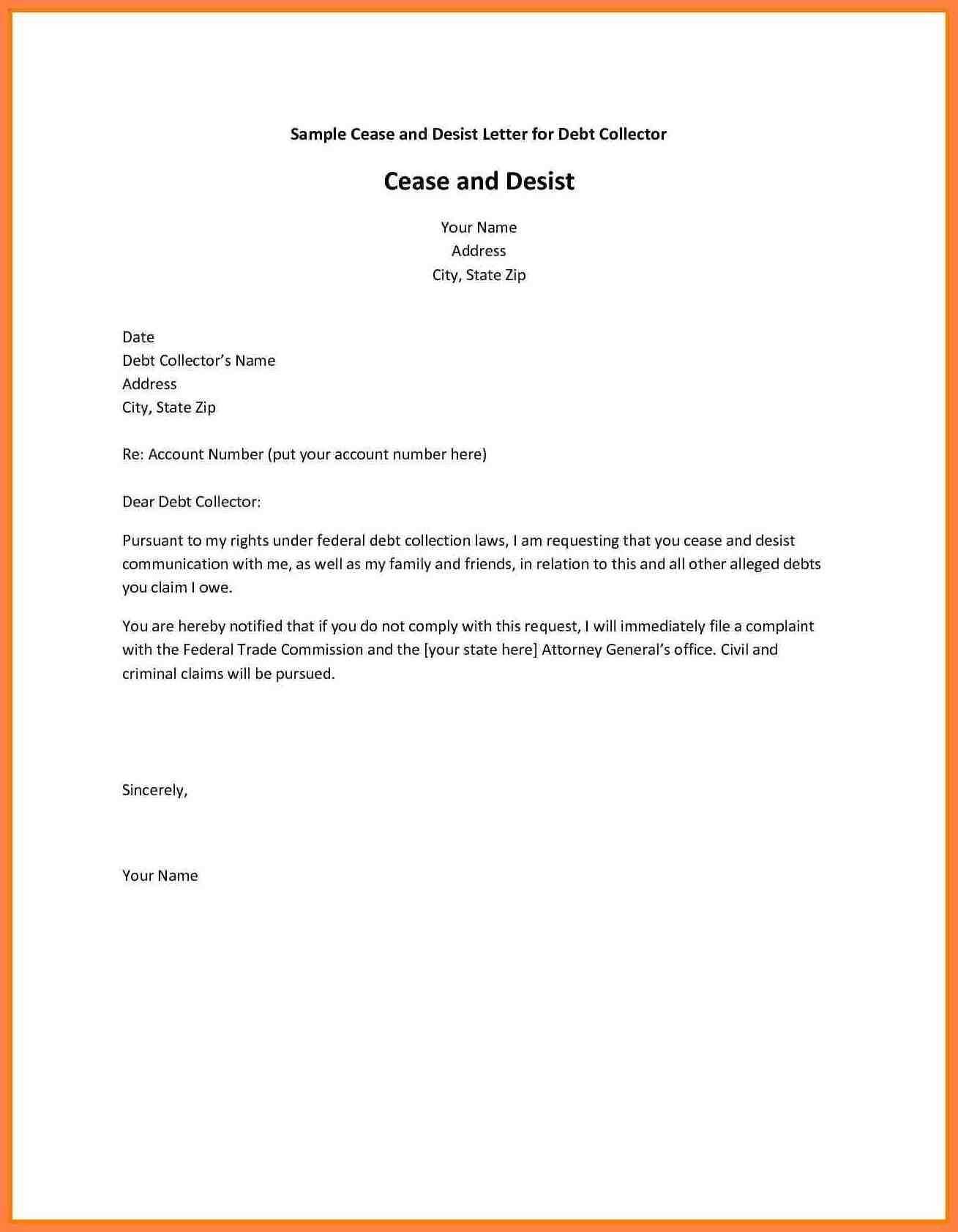
This type of communication is typically used in various situations, including:
- Intellectual Property Protection: Addressing unauthorized use of trademarks, copyrights, or patents.
- Contract Disputes: Responding to breaches of agreements or failure to comply with set terms.
- Harassment or Defamation: Demanding a halt to harmful speech or actions.
Best Practices for Drafting a Formal Demand
When creating a formal document, remember to:
- Be Clear and Precise: Avoid vague language that could lead to misunderstandings. Stick to the facts.
- Maintain Professional Tone: Even if the issue is serious, keep the language respectful and formal.
- Give a Reasonable Deadline: Provide enough time for the recipient to comply, but don’t leave it open-ended.
What Happens After Sending the Document
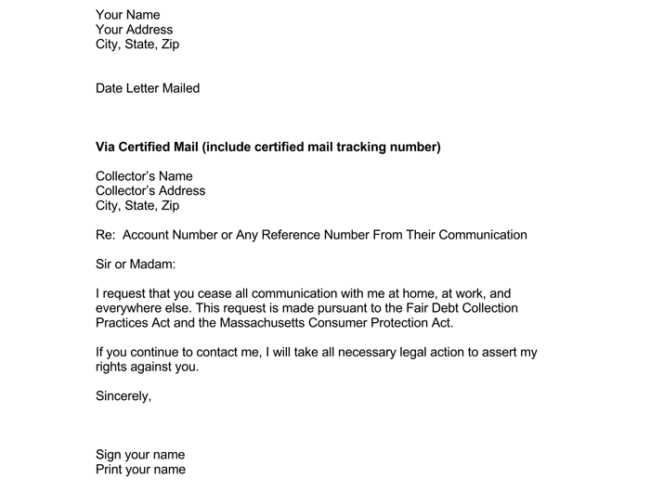
Once the demand is delivered, the recipient typically has a set amount of time to take action. If they do not respond appropriately, you may need to escalate the matter, potentially involving legal professionals to explore further options, including court proceedings.
Why You Need a Formal Demand Notice
When facing a situation where your rights are being violated or a contract is not being upheld, taking prompt action is crucial. Sending a formal written request to halt the offending behavior can help protect your interests without resorting to legal action right away. This document serves as an official warning and can sometimes resolve disputes efficiently.
Steps to Create a Legal Document
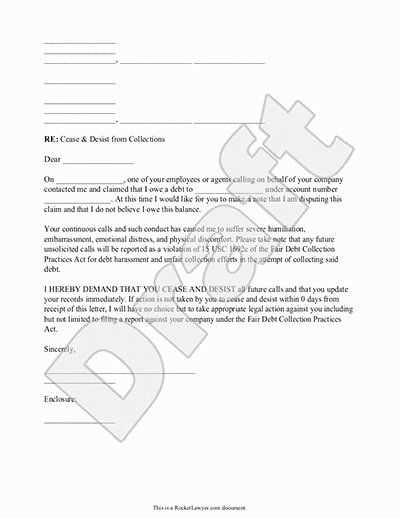
Creating an effective demand requires clarity and precision. Start by identifying both parties involved and specifying the issue at hand. Clearly state the actions that need to stop or be corrected, and outline the potential consequences if the behavior continues. Providing a deadline for response is also essential for encouraging quick action.
When to Send a Formal Demand
Sending a formal notice is necessary when informal communication has failed or when the violation is significant enough to require a formal approach. It can be used in cases of intellectual property infringement, breach of contract, or harassment, among others. Timing is important–sending it too late may complicate the situation.
Legal notices can be an essential tool in resolving disputes without going to court. However, they must be used carefully. Misunderstanding or neglecting the legal requirements can weaken your position or even lead to further complications.